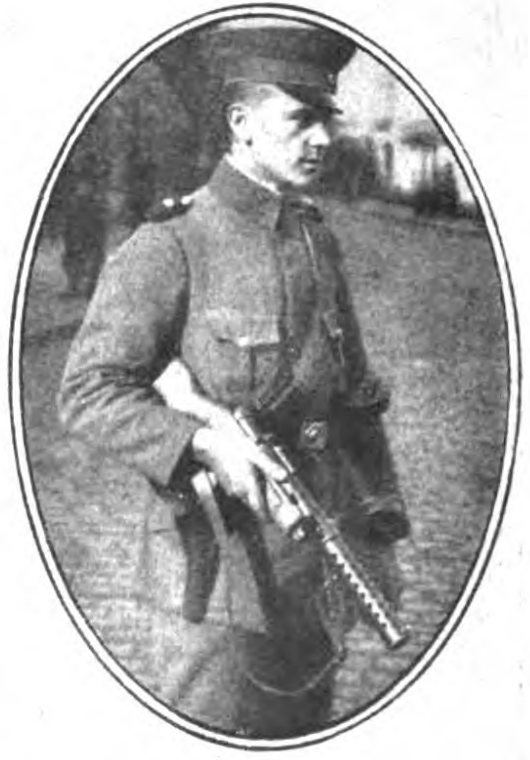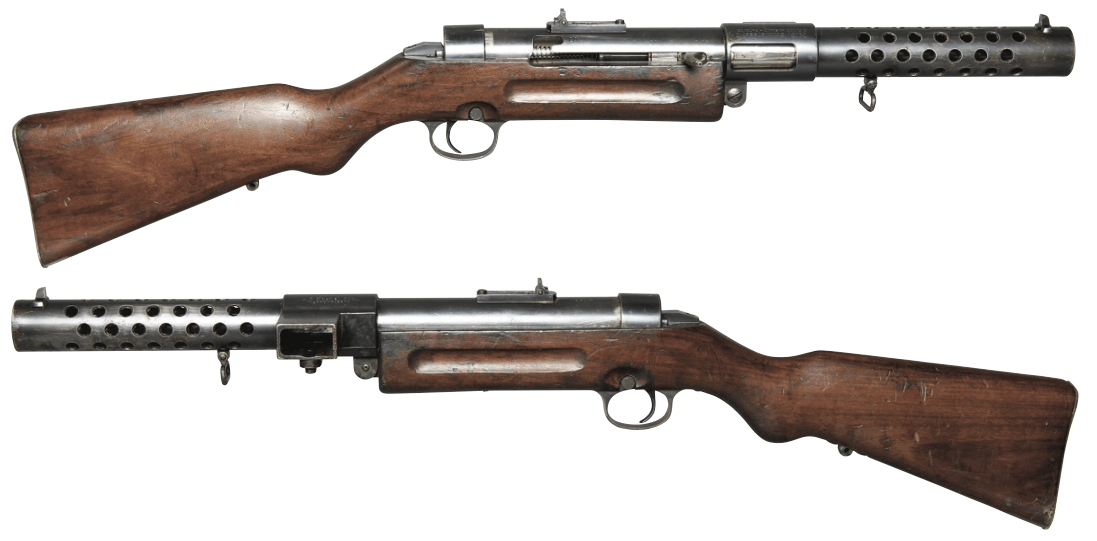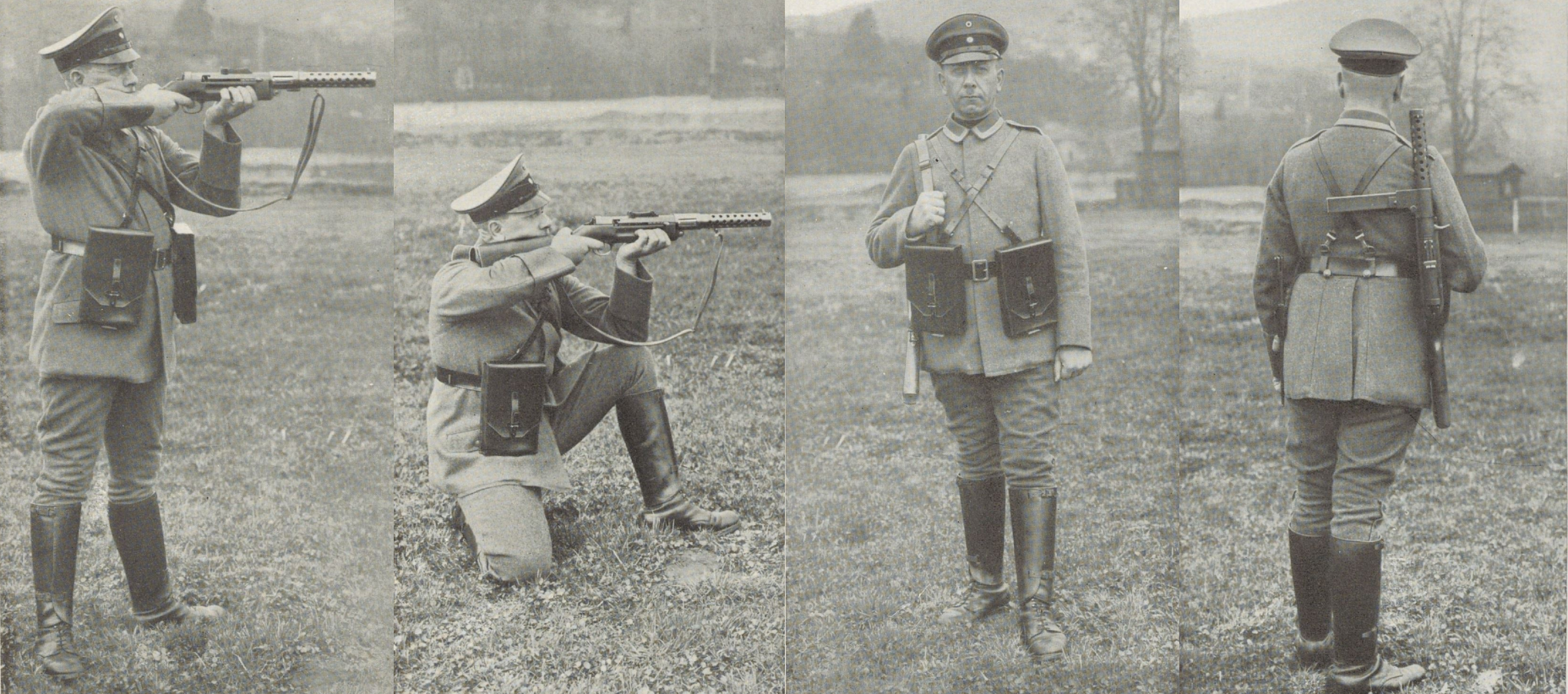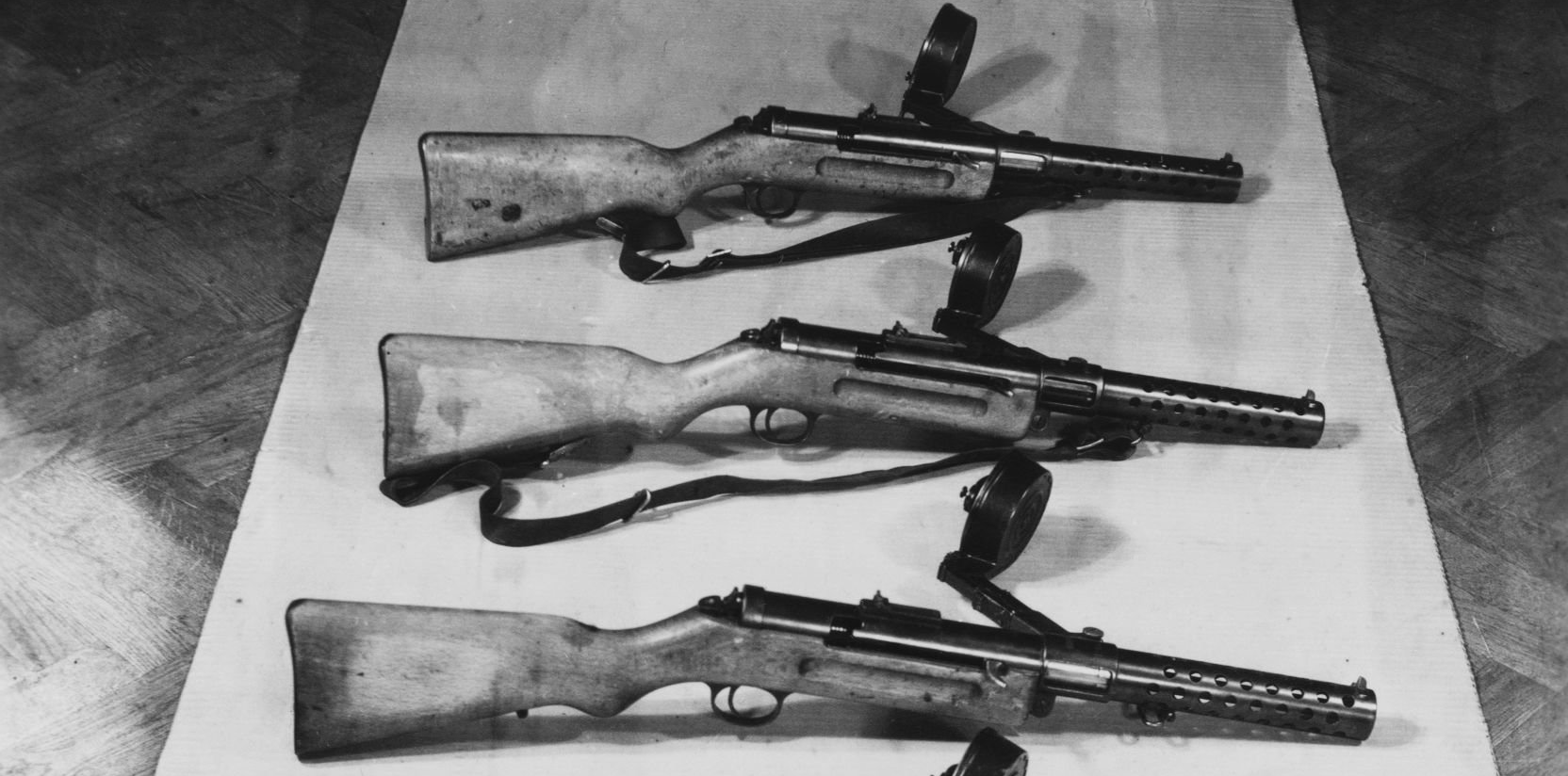
(Author's photo via Royal Armouries Collection)

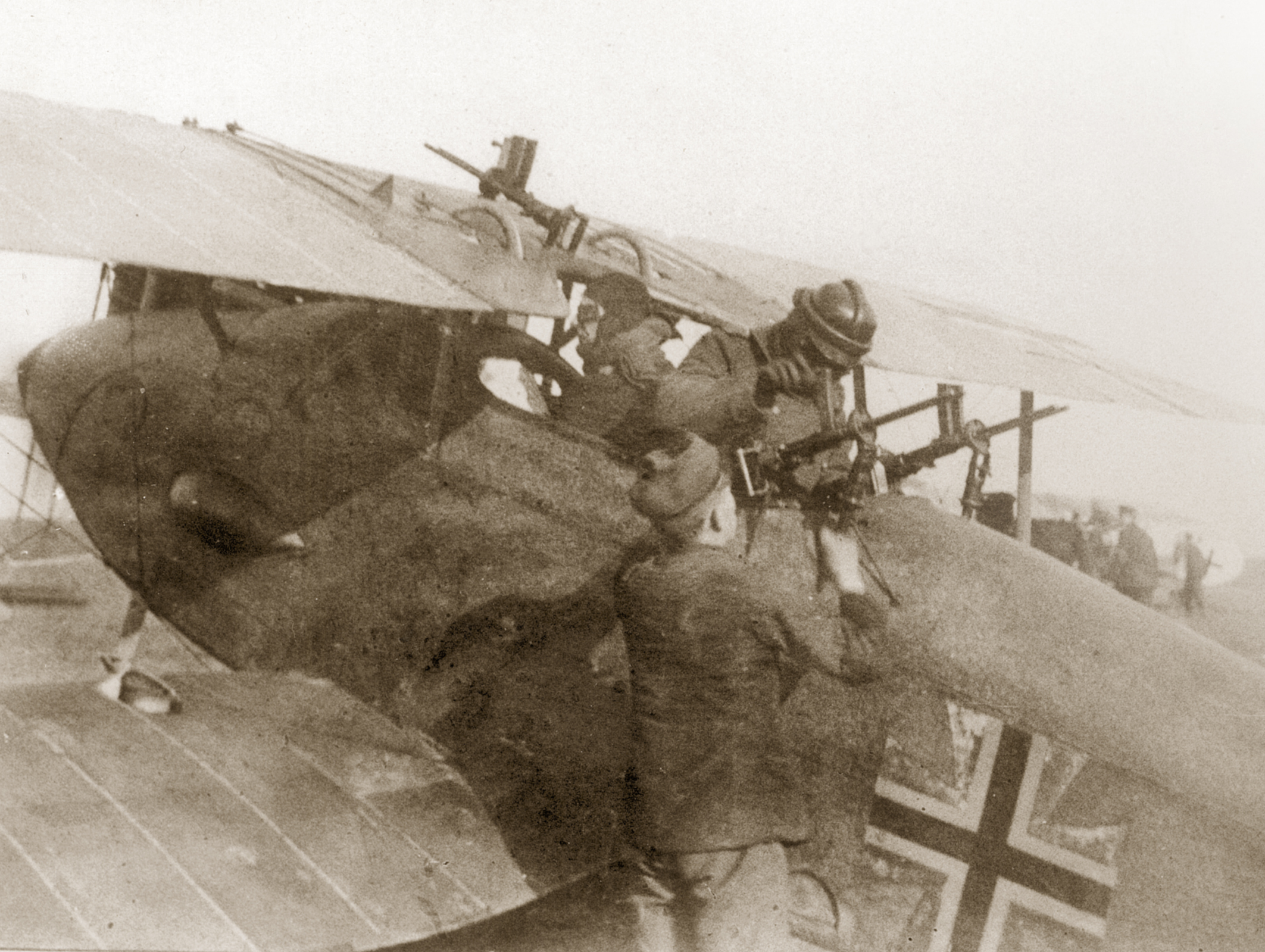
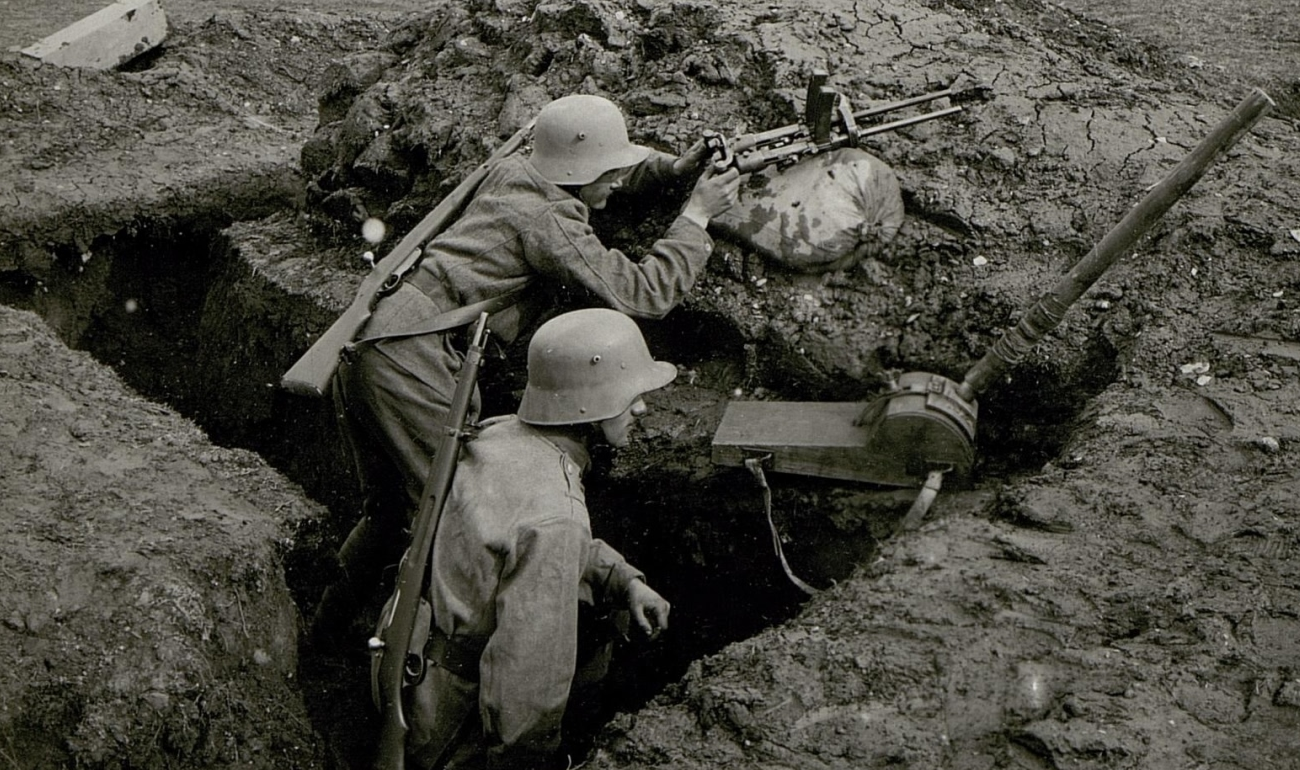
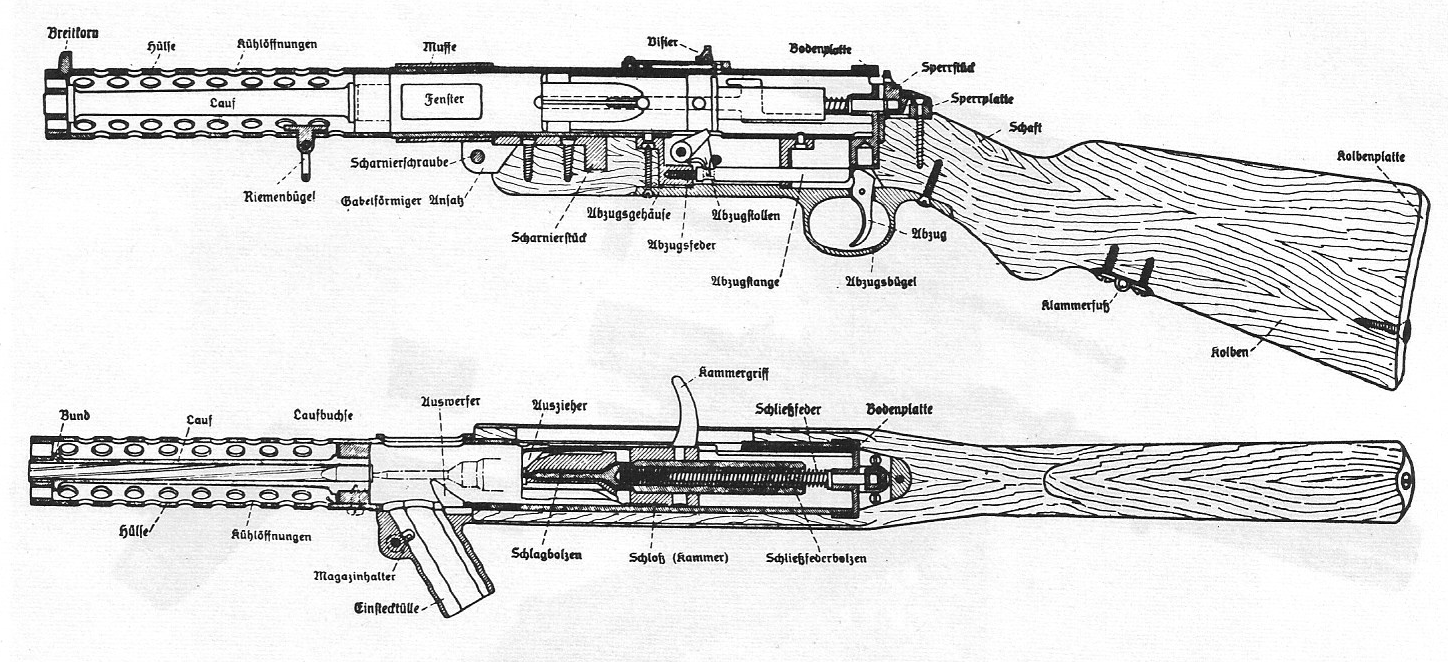
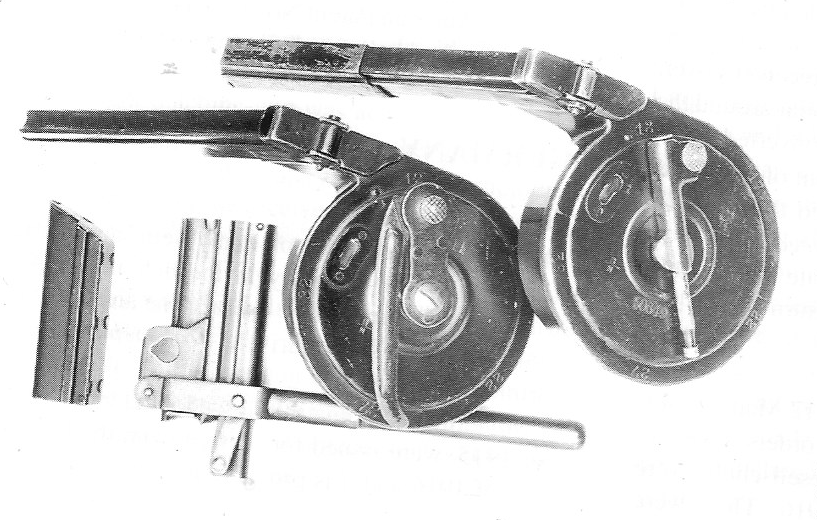
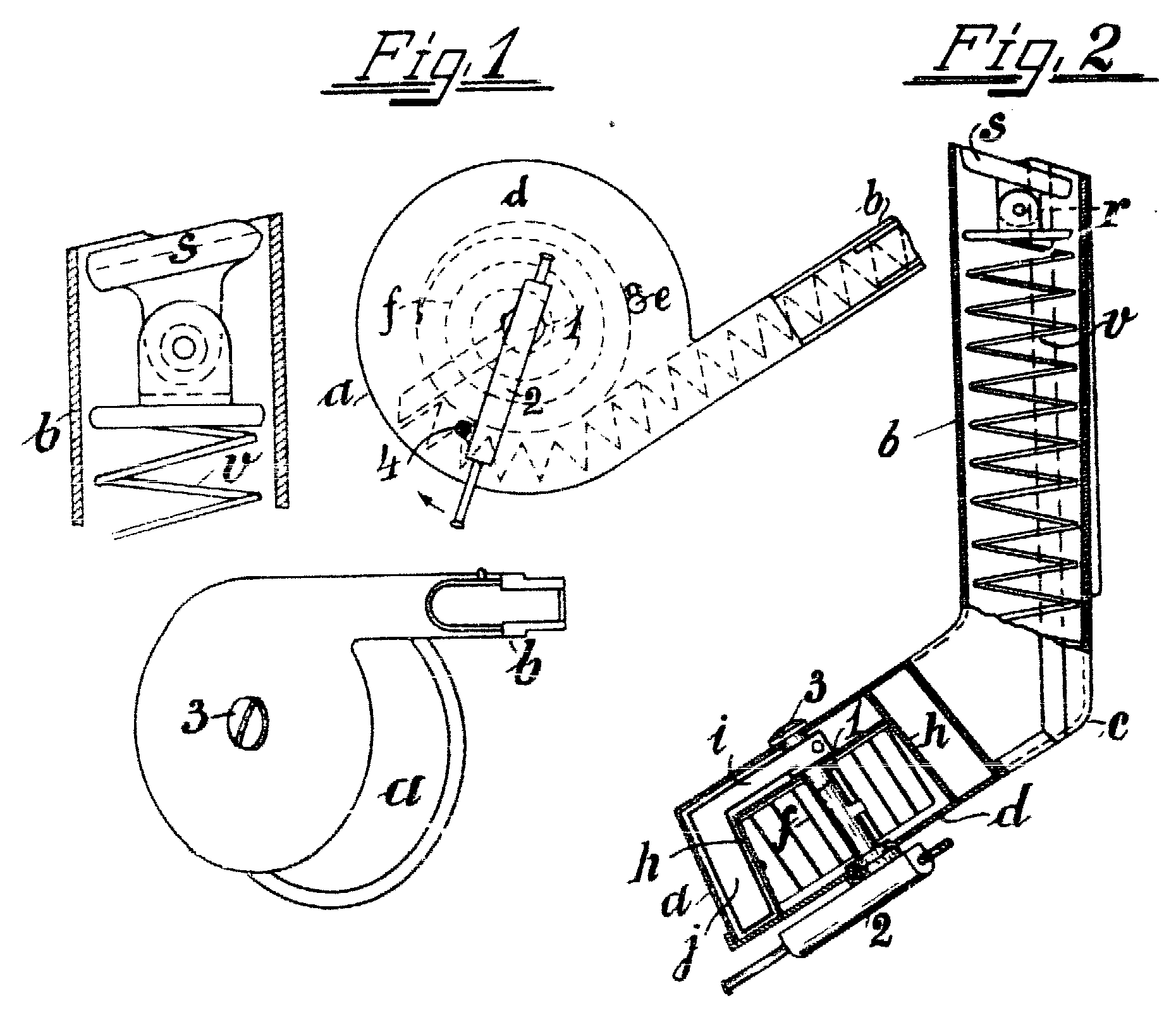
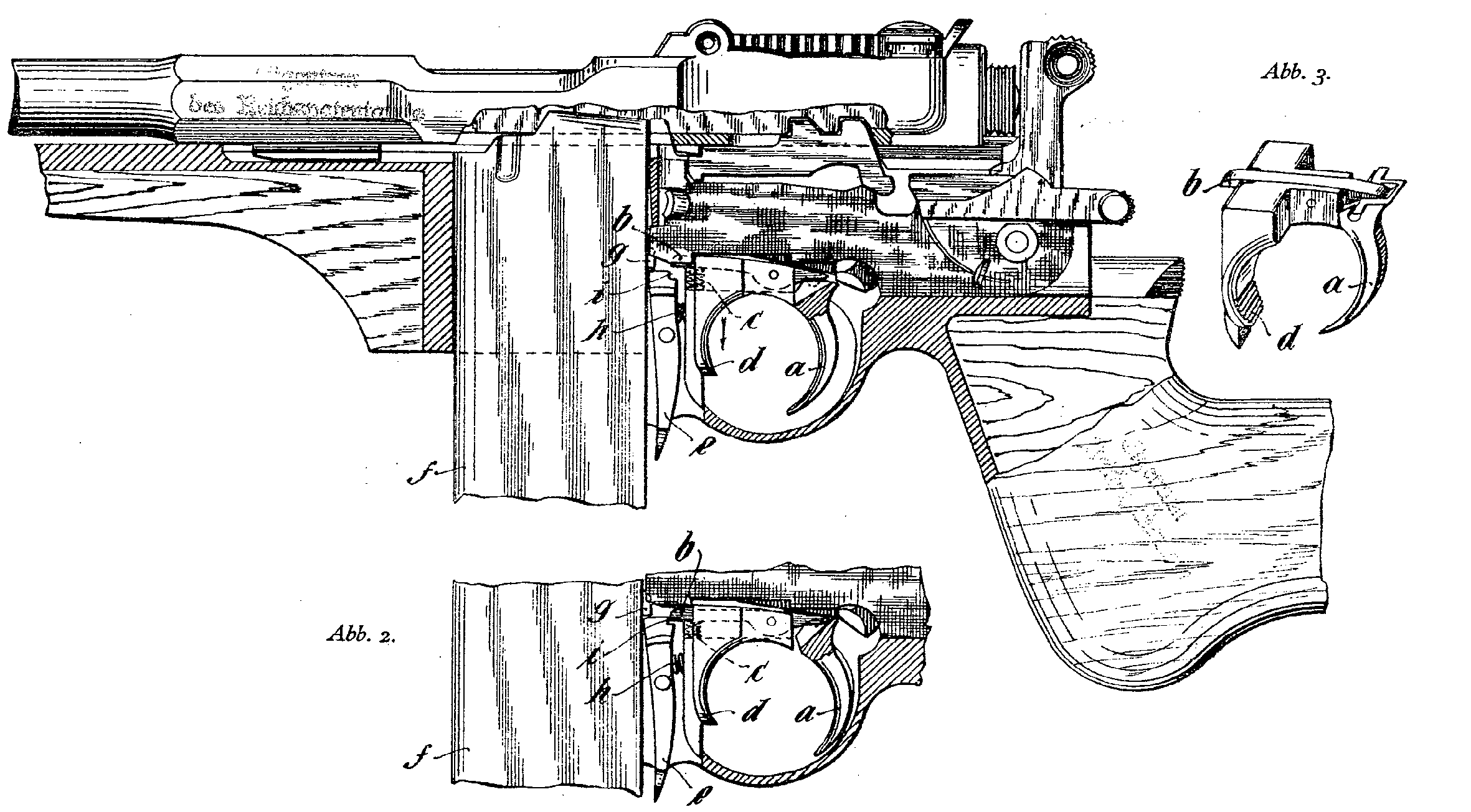
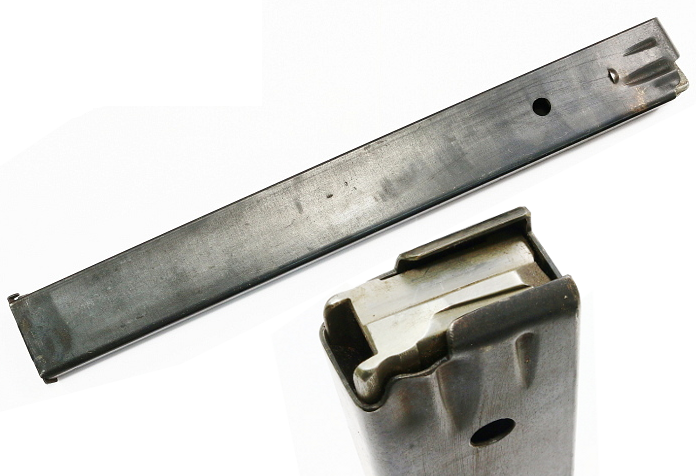

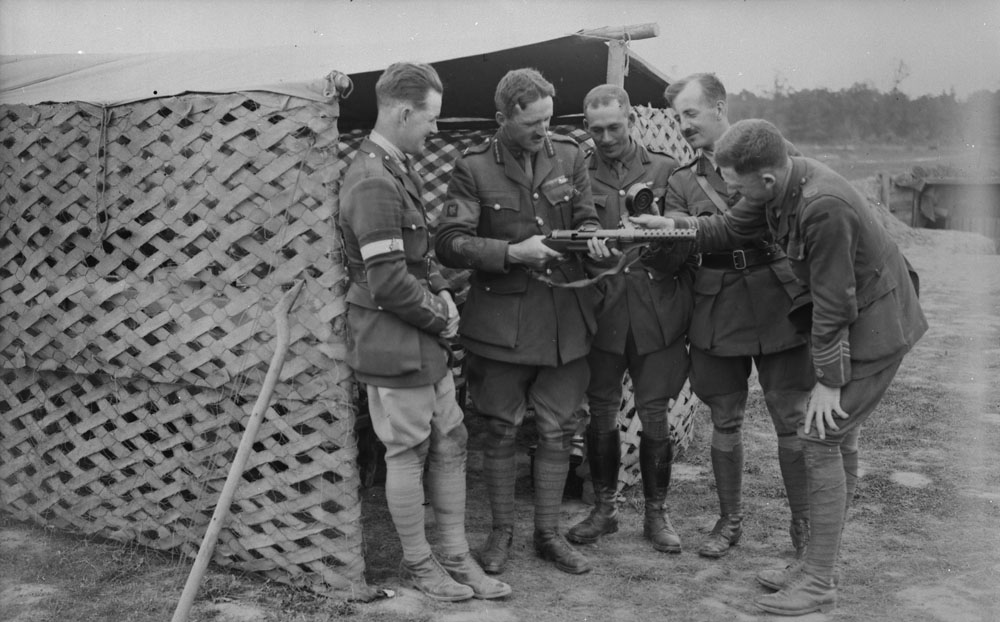
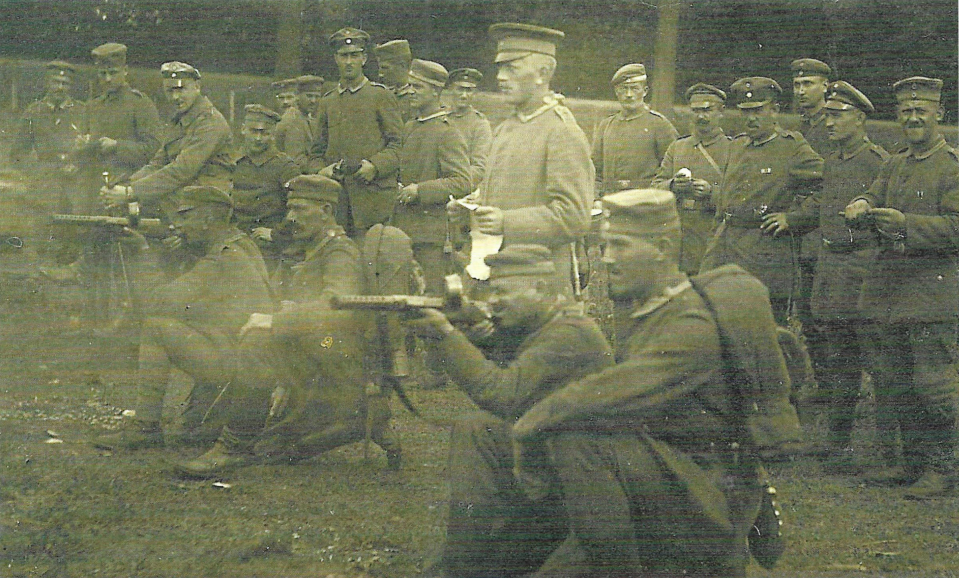

| Material | Infantry Division (1) | For 7 Infantry Divisions (2) | Cavalry Divisions (3) | For 3 Cavalry Divisions (4) | Two Army Corps Headquarters Staffs (5) | Total of Columns 2, 4, and 5 (6) |
| Rifles | 12,000 | 84,000 | 0 | 0 | This establishment must be drawn from the increased armaments of the divisional infantry. | 84,000 |
| Carbines | 0 | 0 | 6,000 | 18,000 | Per above | 18,000 |
| Heavy Machine Guns | 108 | 756 | 12 | 36 | Per above | 792 |
| Light Machine Guns | 162 | 1,134 | 0 | 0 | Per above | 1,134 |

